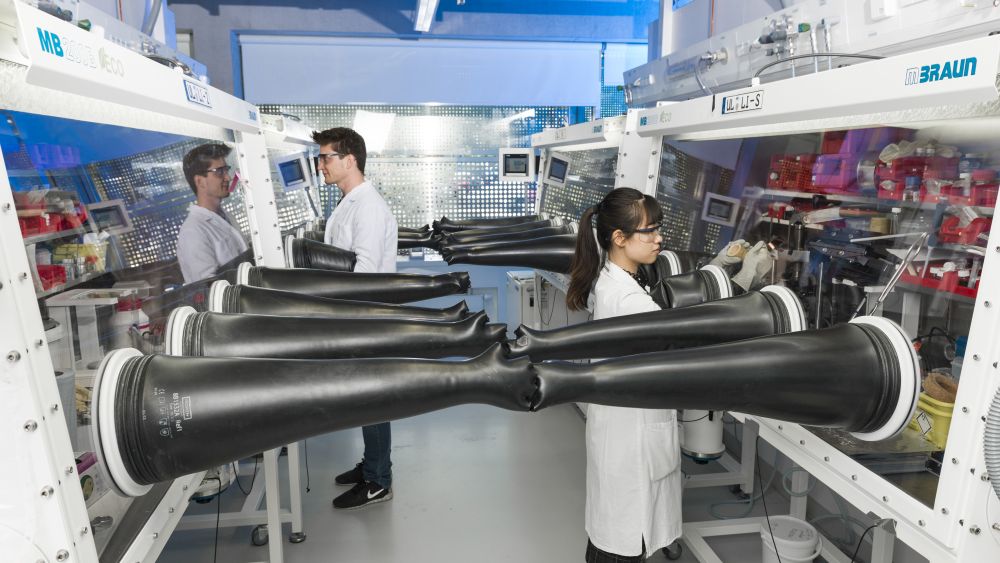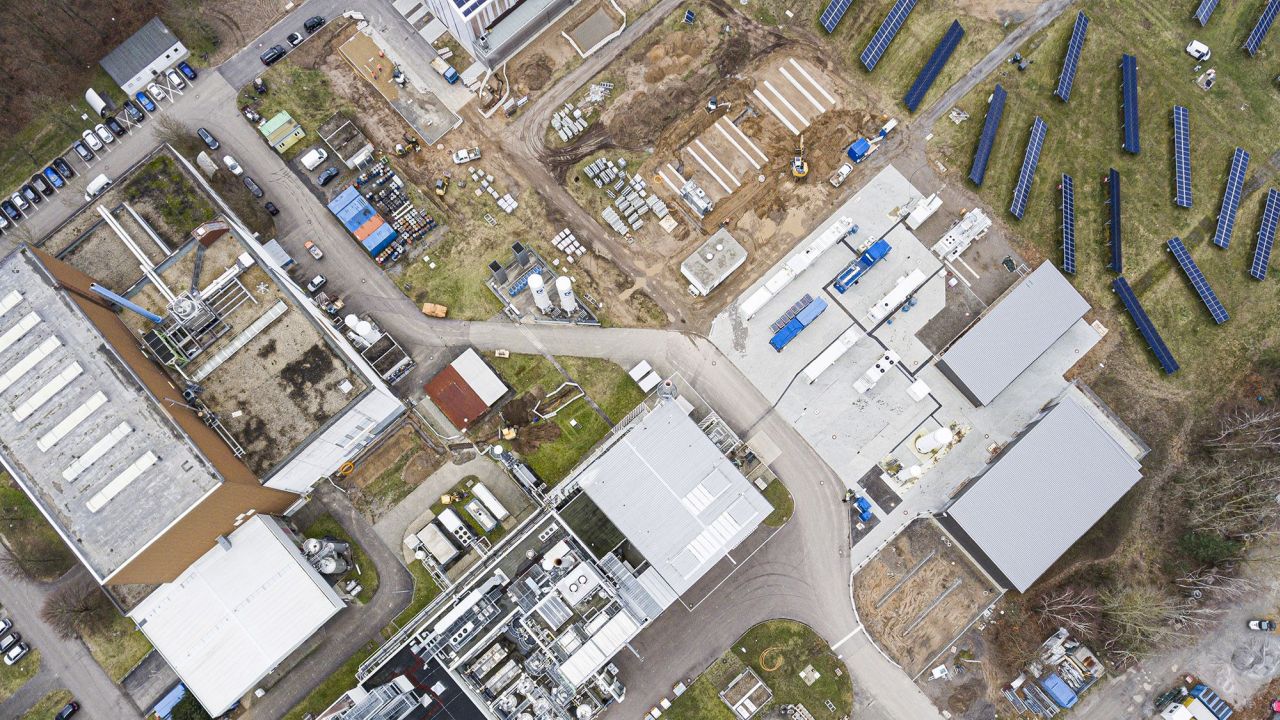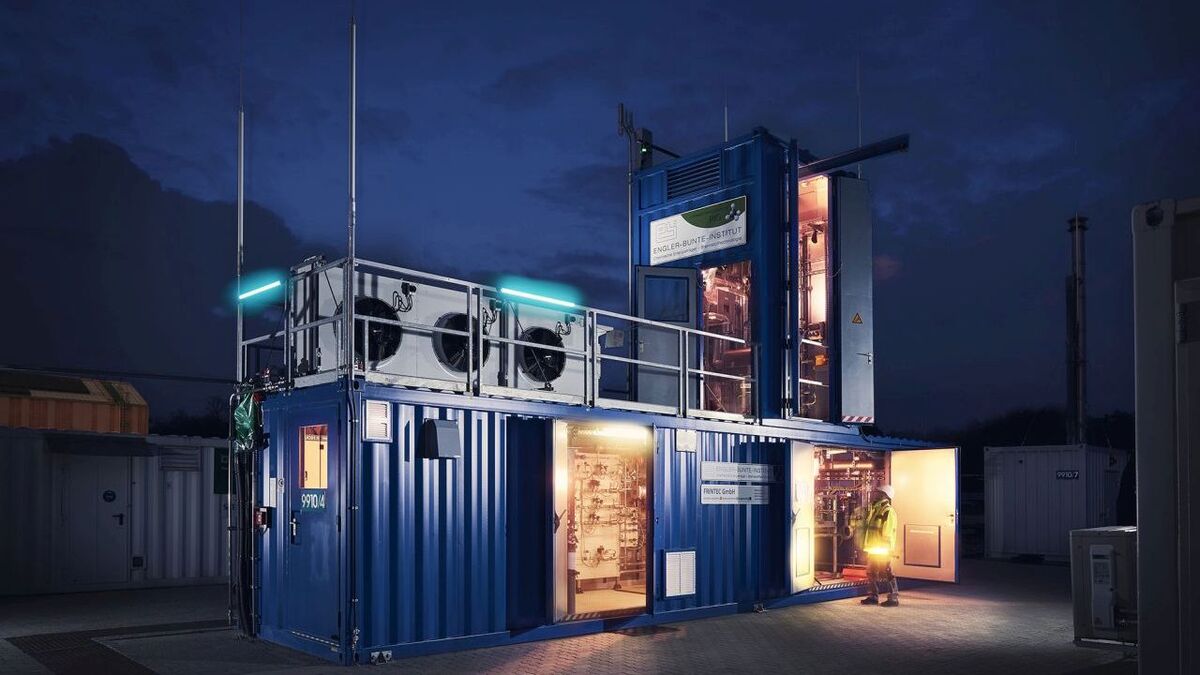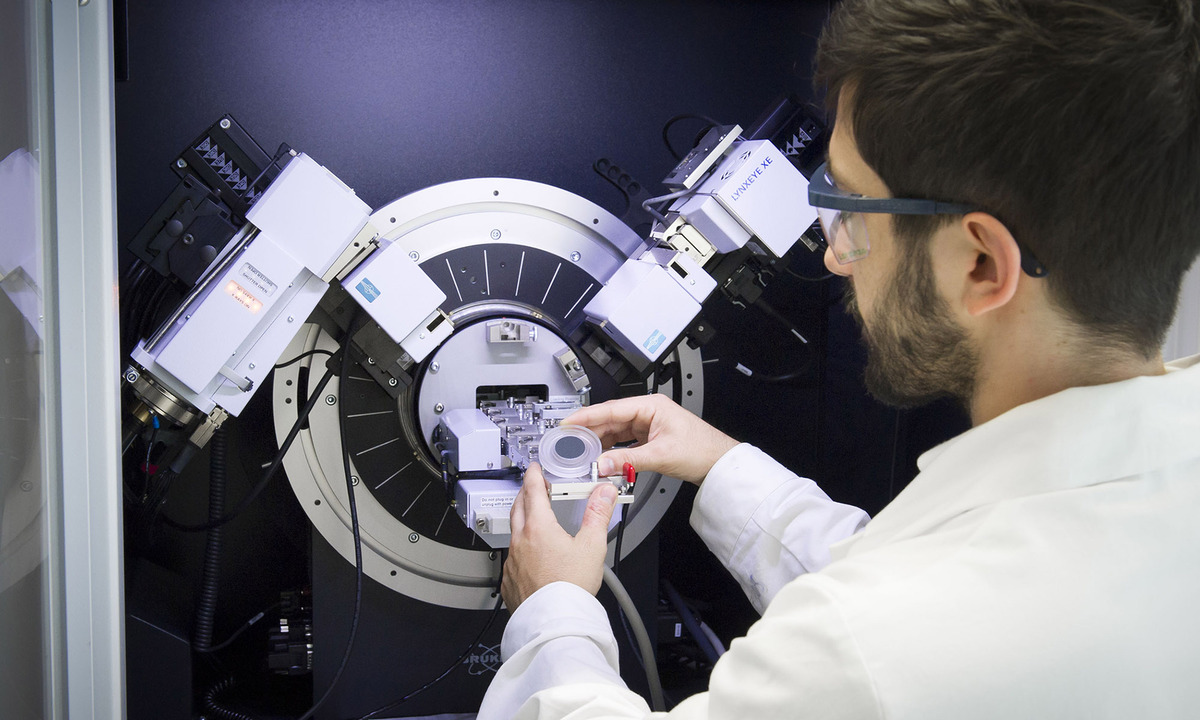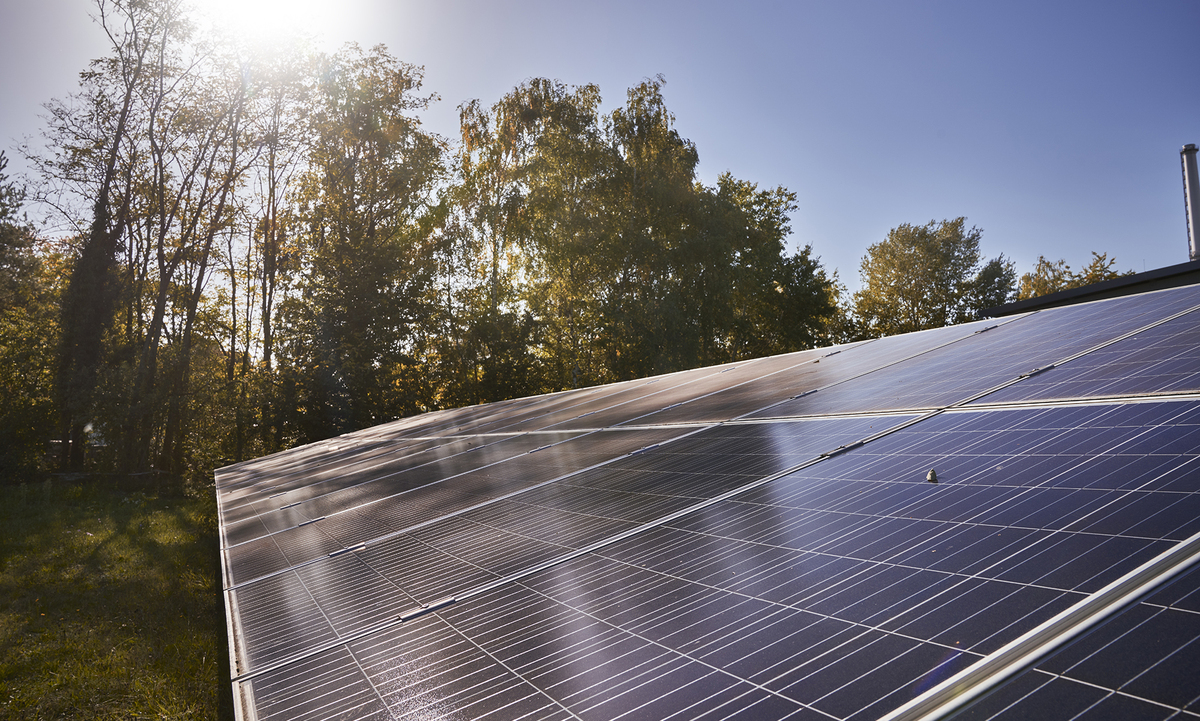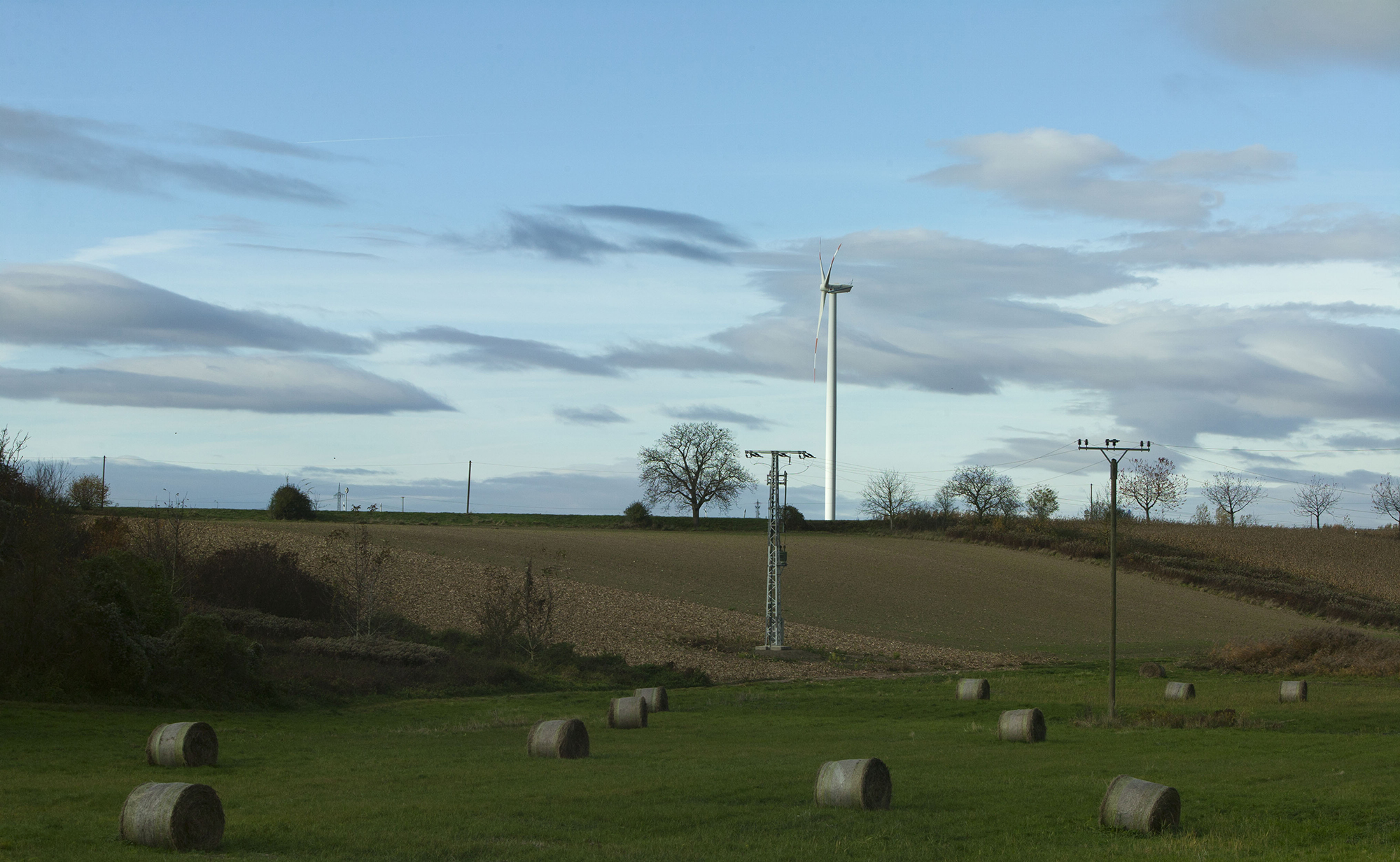Energy
About 1500 researchers of KIT are working on a reliable, secure, and sustainable energy system for future climate-neutral society. At one of the biggest energy research centers in Europe, they tackle a project that is of fundamental importance to the existence and further development of our society: The transformation of our energy system. Interdisciplinary work within research and engineering projects is dedicated to physical and virtual infrastructures, new technologies, and to extending basic knowledge on all energy sources needed by our industry, households, services, and mobility.
Research topics, of course, cover renewable energy sources, energy efficiency, and energy storage systems as well as the setup and operation of the corresponding grids and energy-related aspects of electric mobility. Moreover, KIT is a leading actor in energy systems analysis, simulation, and technology assessment
Research Focus
Chemical and Electrochemical Energy Storage
![]()
We develop new materials, methods, and technologies for sustainable energy storage and conversion. A key focus lies on battery systems tailored to specific stationary and mobile applications. Our work spans the entire innovation chain– from understanding the electronic structure of materials to pilot-scale production of industrial battery cells.
In battery research, we are among the pioneers in developing next-generation batteries based on sodium, magnesium, calcium, aluminum, and chlorine ions. These innovative technologies promise greater efficiency and sustainability compared to current lithium-ion batteries. This is showcased in our Cluster of Excellence Post Lithium Storage (with the Universities Ulm and Giessen), through which we are paving the way for a resource-conserving, energy-efficient, secure, and affordable energy supply of the future.
In parallel, we are advancing new catalysts, processes, and modular plant technologies that use renewable electric energy to convert carbon dioxide, water, and nitrogen into synthetic fuels and chemicals. The materials used are studied under real operating conditions to support the entire Power-to-X process chain in a modular plant format.
Post Lithium Storage
One of the clusters funded under the current excellence strategy is Post Lithium Storage (POLiS). Successful implementation of the energy transition requires new materials and technologies for the storage of electric energy. The “Energy Storage beyond Lithium” initiative of KIT and Ulm University pursues a multidisciplinary approach with electrochemists, material scientists, theoretical modelists, and engineers being involved.
The central objective of the research cluster is to develop fundamental understanding of electrochemical energy storage in novel systems, to combine fundamental material properties with critical performance parameters, and to establish the basis for practical application of post-lithium technologies.
Energy Lab
Testing the Future Energy System
To establish an energy system free from fossil energy sources, power grids have to be adapted to new types of decentralized and fluctuating energy production from renewable energy sources and to new requirements associated with fluctuating energy consumption by electric mobility or air-conditioning technology. At KIT, the different components, technologies, and concepts for the future energy system are tested. Energy Lab studies smart interconnection of power producers, storage systems, and consumers and various methods of power generation and develops secure information and data grids or methods for grid stabilization. Energy Lab also conducts fundamental research into experimental future technologies, such as power transport by superconductors. Energy Lab additionally integrates a bioeconomy unit of the future smart energy system, the bioliq pilot plant that converts residual biomass into synthesis gas and fuels.
Green Light for Hydrogen Economy
Technologies based on hydrogen production with regenerative power are deemed a potential solution of many challenges associated with the transformation to a climate-neutral society. Further synthesis steps of this process chain known as Power-to-X are used to convert hydrogen into synthetic methane that is then applied to store large amounts of renewable energy and distribute them via the natural gas grid. Moreover, hydrogen can be applied to produce fuels enabling mobility without additional greenhouse gas emissions based on conventional drive technologies.
KIT’s energy research activities at Energy Lab 2.0 cover practical tests of such approaches. In integrated process chains, different power-to-gas or power-to-liquid approaches are tested, including a power-to-fuel system for the production of kerosene from ambient air and regenerative power.
CELEST Research Platform
New Benchmarks in Energy Storage Research
To replace fossil fuels, technologies for the storage of regeneratively produced energy are required. KIT, Ulm University, and the Center for Solar Energy and Hydrogen Research Baden-Württemberg (ZSW) jointly operate the Center for Electrochemical Energy Storage Ulm-Karlsruhe (CELEST), one of the biggest research platforms worldwide with 45 working groups from 29 institutes. CELEST pursues three research lines: Lithium-ion technology, energy storage beyond lithium, and alternative technologies for electrochemical energy storage and conversion. The POLiS (Post Lithium Storage) Cluster of Excellence acquired in the excellence strategy competition launched by the federation and the states also is part of CELEST. It develops new promising storage systems, such as the sodium battery and magnesium battery. Research into charge carriers also covers calcium, aluminum, and chloride.
KeraSolar
Producing Tomorrow’s Solar Cell
Future energy supply is to be flexible, decentralized, and inexpensive. Non-toxic solar cells that are produced easily, inexpensively, and with a low consumption of energy and that are highly efficient in operation would be ideal. In this way, nearly any surface, from the house wall to the car chassis, could be used for energy production.
Within the KeraSolar research project, scientists of KIT and Carl Zeiss Foundation develop a new material concept for solar cells that is to turn this vision of omnipresent photovoltaics into reality. For this purpose, advantages of different solar cell technologies, such as printability of organic solar cells and long-term stability of crystalline solar cells are combined. Chemists, physicists, materials researchers, electrical engineers, and process engineers of the Material Research Center for Energy Systems (MZE) study robust materials, from the molecule to the component, for these cells.

